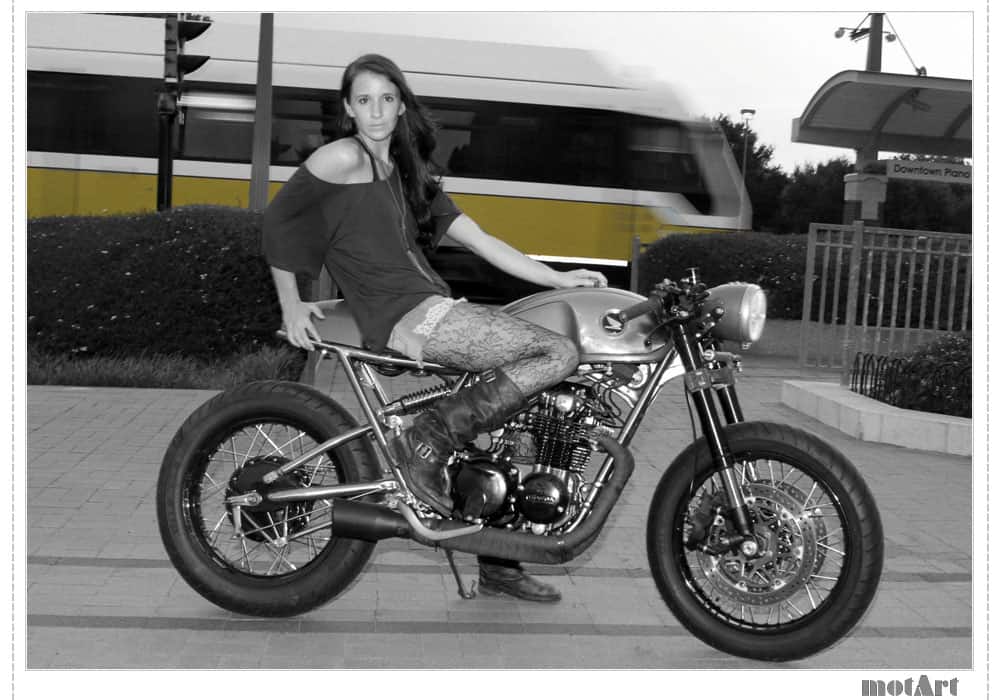July is National Women’s Motorcycle Month and I want to kick it off with a few cool shots of these lovely ladies and what they have achieved to get any sort of recognition to be as equal on the road as guys. My girl rides and we have some great Girl riders in our 59 club that […]
Tag Archives: girls on bikes
I have been into Motorcycles my whole life, I have ridden with many and all over the world, but I am now seeing more and more Girls on bikes and I love it, my girl rides, I have some girls in our 59 Club and love it when I see a girl riding with us […]
Well, this time I want to feature a bit about the girls this time and some of the cool clubs that are around the world etc, my girlfriend rides and in my club I have Girls and love it when we see Girls on motorcycles and hats off to Whole clubs with them in. This […]
Happy Monday all Just wanted to add a little independent movie that has a great feeling to it, a little dark, a little cold and yet a little funny, I dig movies like this, cool bikes, great places, real towns and real people, plus for me, any bird riding a motorcycle is thumbs up. […]
How cool is this to watch, what a brilliant thing it is to see and I sure hope that seeing “Sofi T Singos of GT- Moto inspires many more women to get into this trade as it is so refreshing and I know there are a ton of gear head girls out there. If I […]
Girls on bikes is so cool, or as I sometimes think quite Hot! But these girls not only look the part, they would whoop many of our arses on the track and that’s no lie. So here are just a few vidz I have seen on the net, just thought it would brighten your day […]





